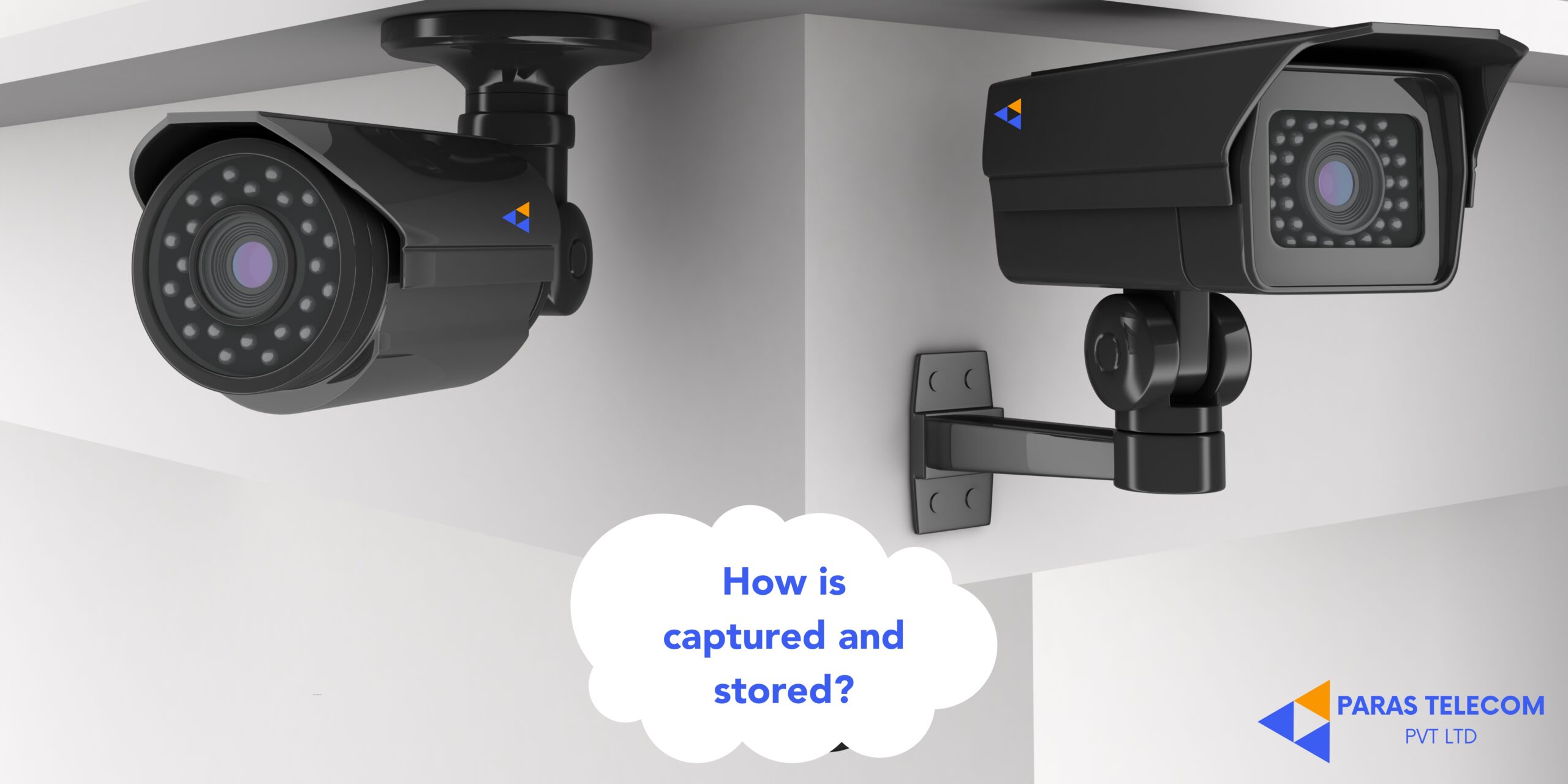Understanding CCTV Systems: How Footage is Captured and Stored
By Anurag Doshi
In the realm of modern security, Closed Circuit Television (CCTV) systems play a pivotal role. Understanding how these systems capture and transmit footage to Digital Video Recorders (DVR) or Network Video Recorders (NVR) can help businesses make informed decisions about their security infrastructure. This post delves into the intricate process of how CCTV footage is captured, transmitted, and stored.
1. Capture: The Role of CCTV Cameras
The process begins with the CCTV cameras, which are the eyes of the system. These cameras come in various types, including analog, digital, and IP (Internet Protocol) cameras.
- Analog Cameras: Capture video in a traditional format and send it over coaxial cables to a DVR.
- Digital Cameras: Capture video in a digital format and can send it directly to a DVR via coaxial or HDMI cables.
- IP Cameras: Capture video in a digital format and send it over a network via Ethernet cables.
2. Transmission: From Camera to Recorder
The captured footage needs to be transmitted to a recording device for storage and future reference. This transmission varies depending on the type of camera and recording system used.
- Analog Systems: The video signal is transmitted over coaxial cables to the DVR. These systems use BNC connectors and often require separate cables for power (unless using a power-over-coax solution).
- Digital Systems: The video signal can be transmitted over coaxial or HDMI cables to the DVR, often providing higher resolution and clarity.
- IP Systems: The video signal is transmitted over Ethernet cables to the NVR. These systems leverage network infrastructure, allowing for greater flexibility and scalability. IP systems can also utilize Power over Ethernet (PoE) to transmit power and data over a single cable. To know more about IP systems and what’s next visit this blog post
3. Processing: DVR vs. NVR
The role of the DVR and NVR is to process and store the video footage received from the cameras.
- DVR (Digital Video Recorder):
- Analog Integration: DVRs are typically used with analog cameras. They receive the analog signal and convert it to digital before compressing and storing it on a hard drive.
- Standalone Operation: DVRs generally operate as standalone units, requiring direct connections to each camera.
- Compression Techniques: DVRs use various compression techniques like H.264 to reduce the file size without significantly compromising video quality.
- NVR (Network Video Recorder):
- IP Integration: NVRs are designed to work with IP cameras. They receive digital video streams over a network, eliminating the need for conversion.
- Network-Based Operation: NVRs can connect to cameras through a local network or even over the internet, providing flexibility in camera placement.
- Advanced Features: NVRs often support advanced features like remote access, higher resolution recording (up to 4K), and integration with other network devices.
4. Storage and Access: Securing the Data
Once processed, the video footage is stored on hard drives within the DVR or NVR. Modern systems offer various storage options to ensure data security and accessibility:
- Local Storage: Internal or external hard drives connected to the DVR/NVR.
- Network Attached Storage (NAS): Devices that provide additional storage capacity and can be accessed over the network.
- Cloud Storage: Remote servers that store video footage, providing offsite backup and remote access capabilities.
5. Remote Monitoring and Management
One of the significant advantages of modern CCTV systems is the ability to monitor and manage the footage remotely:
- Mobile Apps and Web Portals: Allow users to view live footage and playback recordings from anywhere with an internet connection.
- Alerts and Notifications: Systems can be configured to send alerts for specific events, such as motion detection or tampering.
Conclusion
Understanding how CCTV footage is captured and sent to DVRs and NVRs is crucial for optimizing your business’s security setup. Whether opting for an analog or IP system, ensuring seamless capture, transmission, and storage of video footage will enhance your security infrastructure’s effectiveness and reliability. Investing in the right CCTV system tailored to your business needs will provide peace of mind and safeguard your assets.
For expert advice on setting up a CCTV system tailored to your business requirements, contact Paras Telecom Pvt Ltd today. Your security is our priority.
